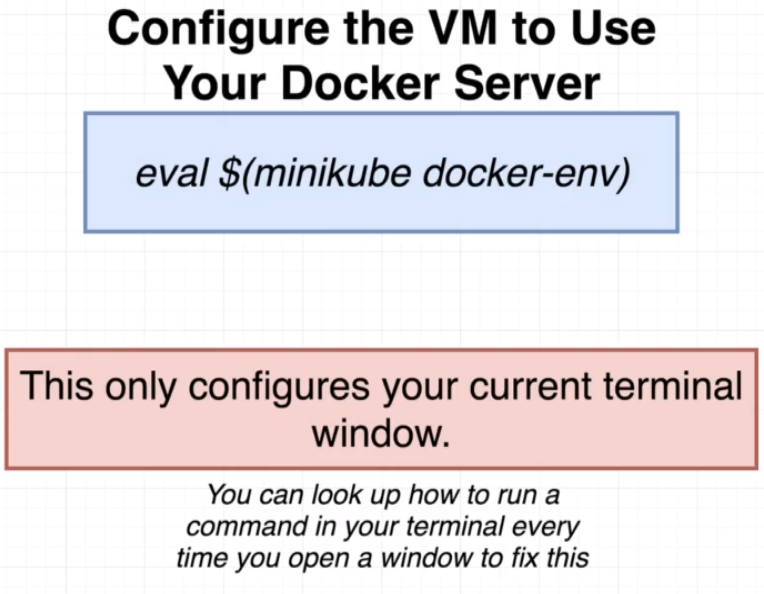

- Docker factory reset now failed to initialize update#
- Docker factory reset now failed to initialize code#
Alas, maybe you're a fortunate soul reading this two years down the line when neither of the above challenges exists! And from this Github issue, it doesn't look like they're keen on making this work any time soon.
Docker factory reset now failed to initialize code#
While I would prefer to merely add root application files to the workspace, VS Code doesn't currently support this. This adds the account folder and the root folder as workspaces. We add the following content to the de-workspace file.
Docker factory reset now failed to initialize update#
There are requests to update this (which would eliminate the problem below), but it would appear to be a difficult task. This is because the Go Developer tools (language server) will only function if the go.mod file is at the project's root. While this step is not required, it is helpful when working with Golang projects which use GO Modules (with a go.mod file to list dependencies). This file allows us to create a "multi-root" workspace in VS Code. Next, we'll create a workspace file in the root folder called de-workspace. We also create an account directory where we'll write our Golang application. We do this by creating a root memrizr folder (it's VERRRRRY important to do cutesy re-spellings when creating an app). To begin begin scaffolding out the application, we'll need to create a folder which will contain all of our sub-projects along with application-wide configuration files (.env, docker-compose.yml). If anything is unclear or I have made any errors, please find the functioning code on Github.įor reference, your directory structure will be as follows by the end of this tutorial (minus the readme content). Here's an overview of the application, along with a video demo of what we'll be building! Today, we'll be working at scaffolding out the application in the upper-left corner, along with properly routing requests to this container with Traefik.Īnd for those of you that prefer a video version of this tutorial. Congrats if you made it through this paragraph. All of these applications will be setup to run inside of docker containers and will be "hosted" on the same test domain with routing provided by Traefik.

User accounts and authentication will be managed by a separate application with its UI built in Vue and its backend built in Go. The API for the backend application managing these "memthings" will be built with Node/Typescript. The client application for managing memorization objects (we'll call them "memthings") will be built with React/Typescript. This article is the beginning of what I hope to be a "several"-part tutorial on setting up a memorization app.


 0 kommentar(er)
0 kommentar(er)
